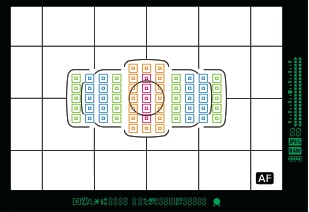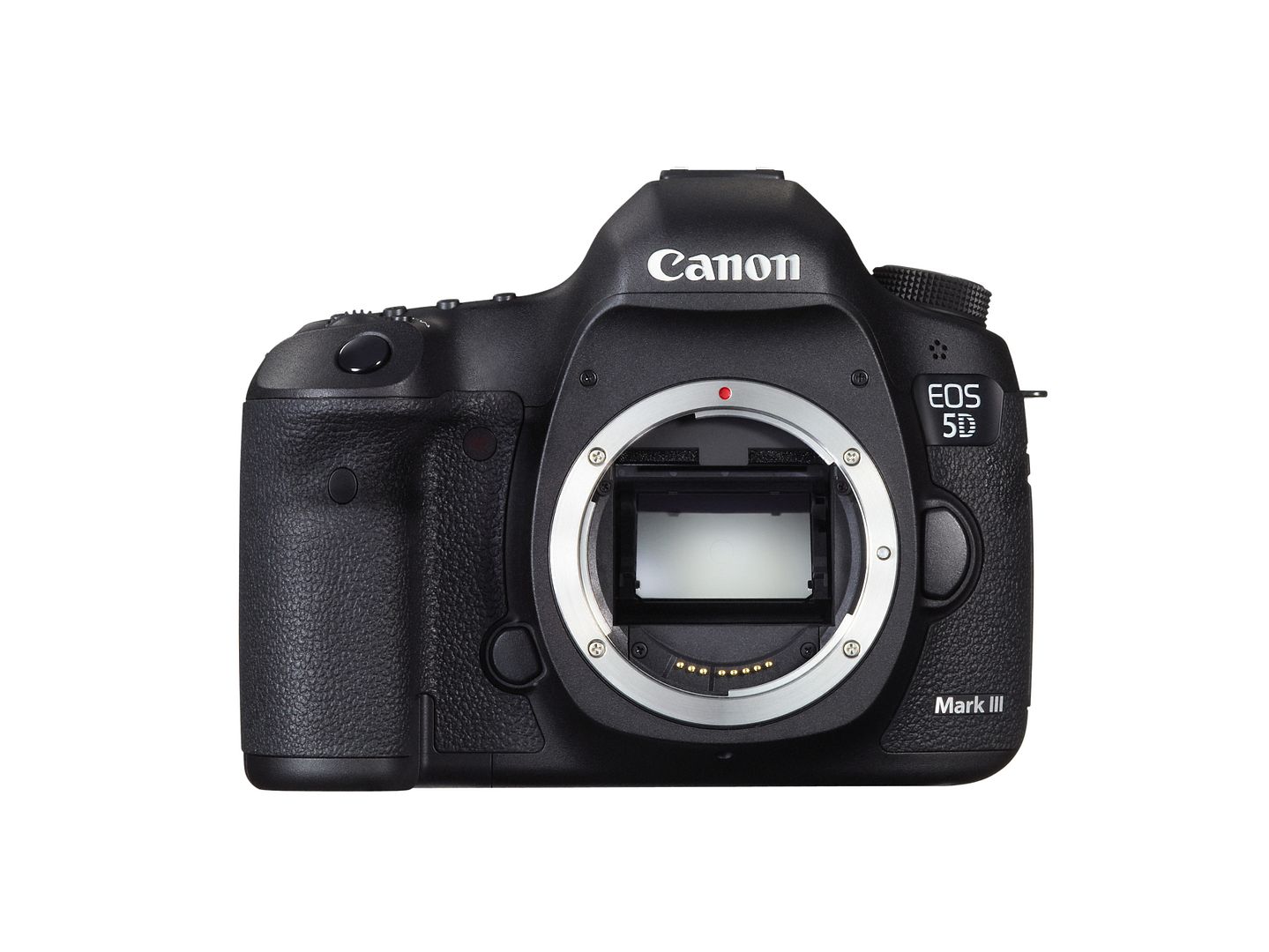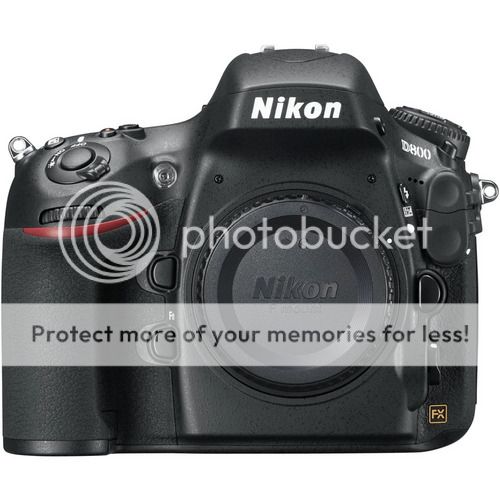Does the EOS 5D Mark III have a light-leaking problem?
This is an issue that is heavily discusses in forums and on the web. People are reporting that their 5D Mark III’s are leaking light through the LCD panel on the top of the camera body. The leak seems to affect metering. There is a way to test if your body has the problem: put the cap on the body and cover the viewfinder, then put the cam in “P” mode at ISO 800 and turn on the LCD backlight. If the leak is present, the shutter speed will change after having turned on the backlight. Unfortunately there is more. The same issue seems to show up if a flashlight is firing on top of the LCD panel. And finally: there is also some people reporting that direct sunlight or strong light coming from top to down is also affecting the metering. I have two videos explaining the issue.
The test procedure summarized:
- Remove lens and place the body cap on the camera
- Apply the viewfinder cover on the viewfinder (to block any light from entering the camera)
- Set ISO to 800 and camera mode to “P” (should set a shutter speed of approx. 10 sec)
- Either turn on a flashlight near the top LCD panel or turn on the backlight for the top LCD panel
- If light-leaking is present, the shutter speed will change to 5-8 seconds
Here the videos…




